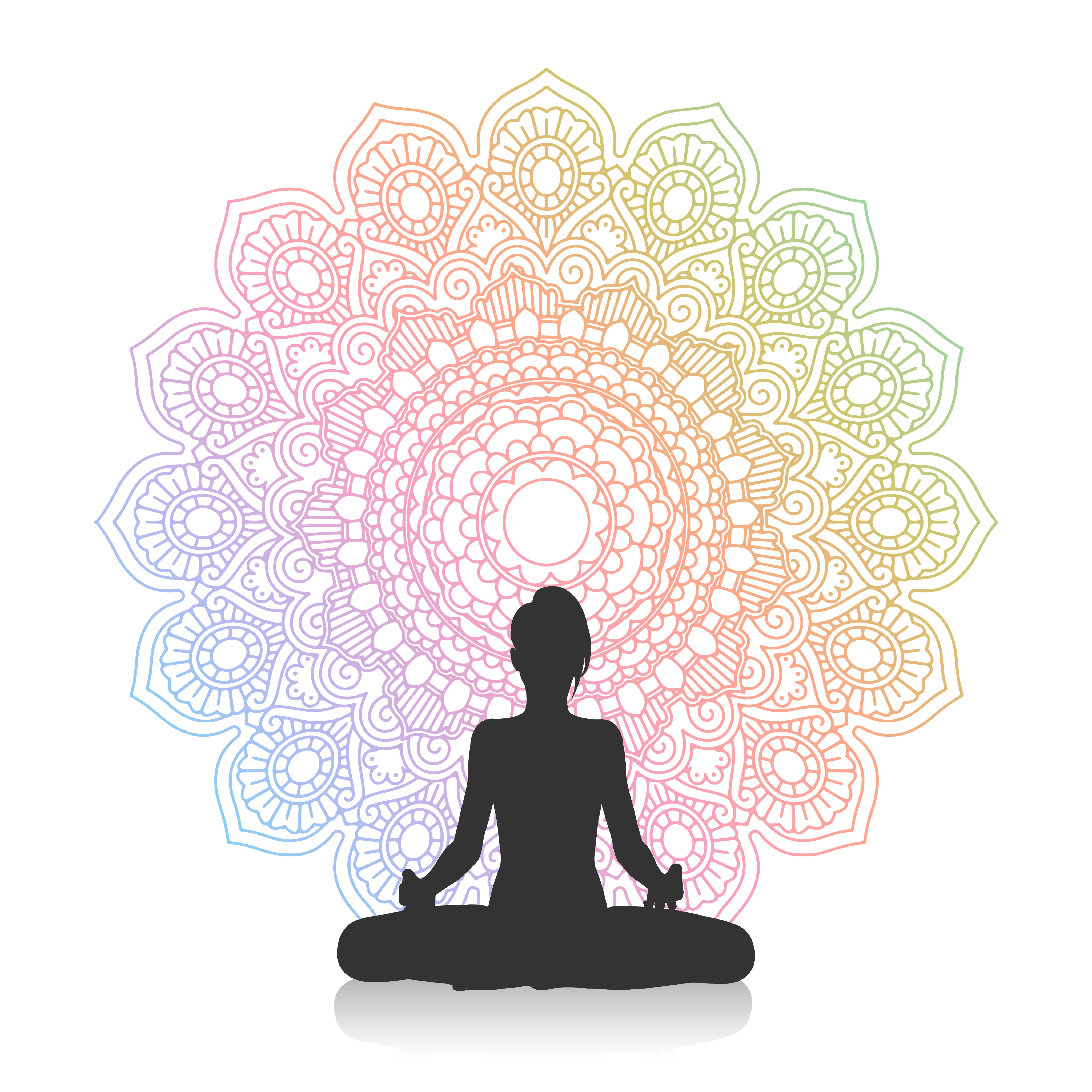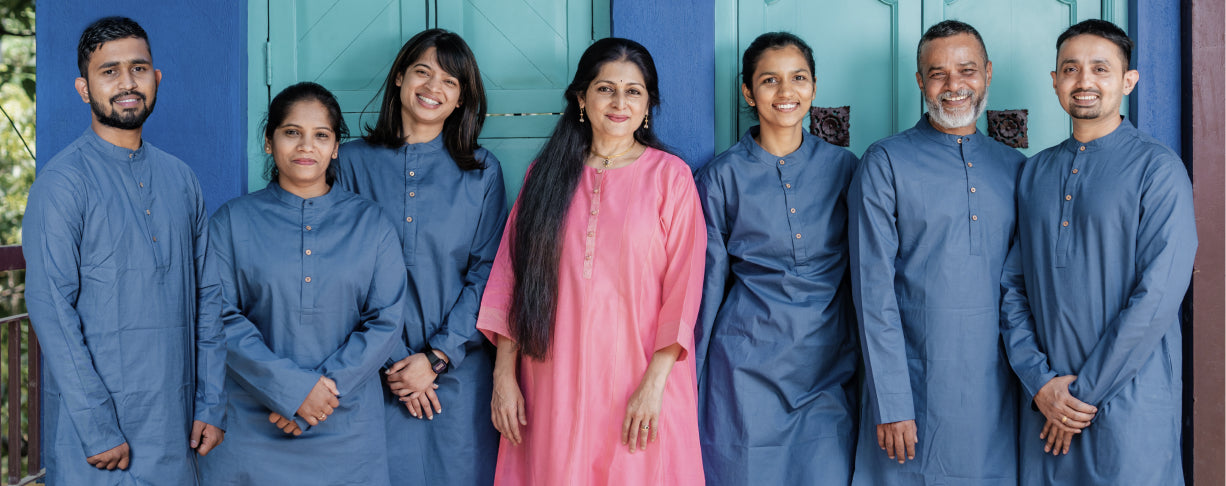
Unlock the Essence of Yoga: Experience the profound harmony that defines Yoga in its entirety, beyond physical postures.
WE ARE OPEN 7 DAYS A WEEK FOR YOUR YOGA PRACTICE


At Krishna Wellness Yoga and Cultural Centre, we are committed to reviving the timeless wisdom of Yoga in a world that often prioritizes novelty over authenticity. In an age where complexity and superficiality reign, we stand firmly for simplicity and deep-rooted knowledge. Our core belief is that Yoga is not just about physical postures but a path to achieve balance, equanimity, and harmony between the body and mind.
Inspired by the teachings of Lord Krishna and drawing from traditions like Astanga Yoga, Hatha Yoga, and Krishnamacharya Yoga, we offer a holistic approach to Yoga. Our dedicated teachers curate your Yoga experience, considering the demands of modern life, and guide you towards perfect action and inner peace. While we welcome you to our serene centre surrounded by nature, we also extend our hand to those across the globe through our online platform, making the essence of Yoga accessible to all. Embrace the wisdom in wellness with Krishna Wellness Yoga Centre and embark on a journey towards a harmonious life.

Krishna Wellness Yoga & Cultural Centre offers a variety of Yoga Classes, Yoga Teacher Training Programs, Unique Yoga Therapy Sessions and more.
Call us:+91 9900518000 | +91 9945514049
Email us:contactus@krishnawellness.com
Looking for Yoga Classes?
WE ARE OPEN 7 DAYS A WEEK FOR YOUR YOGA PRACTICE